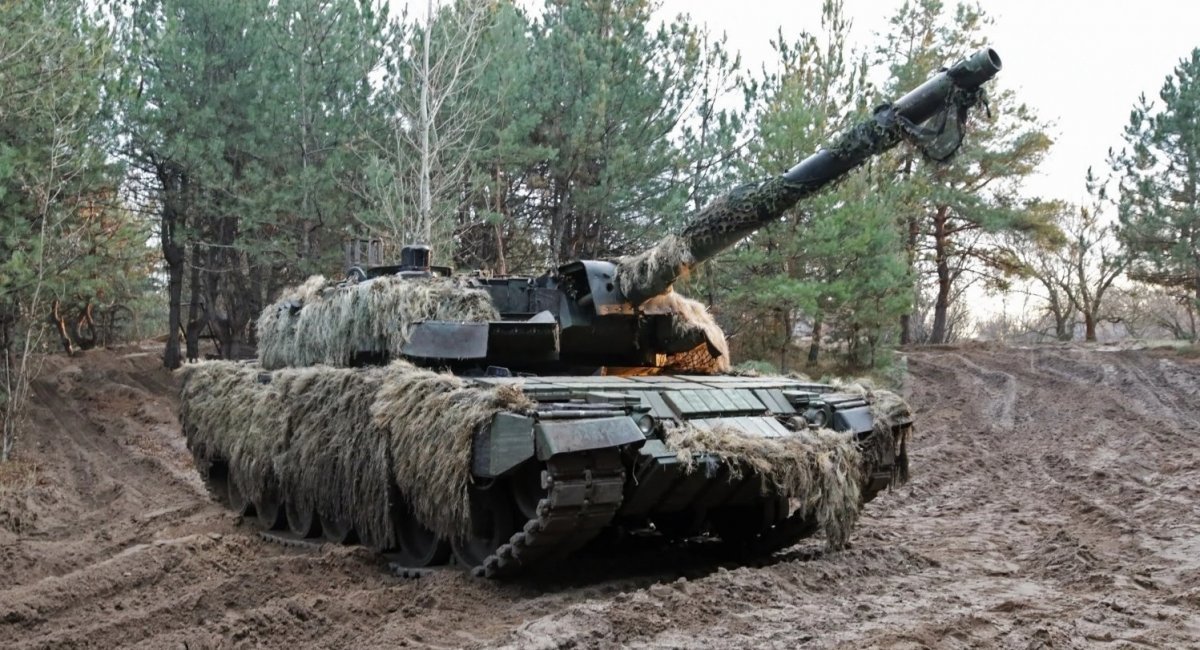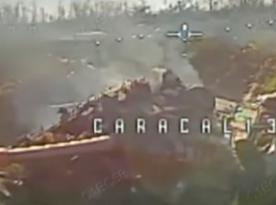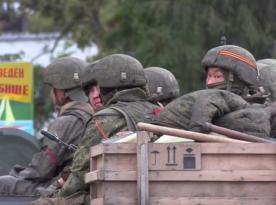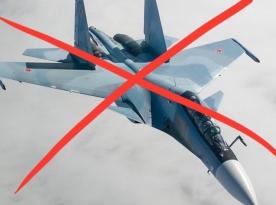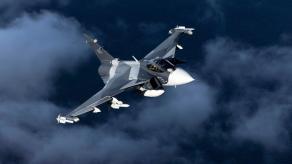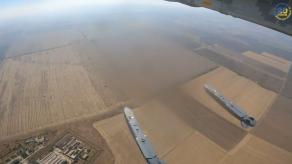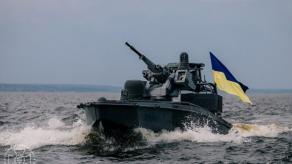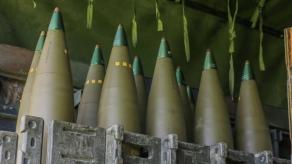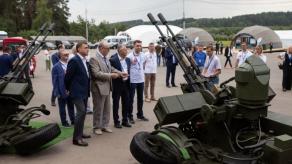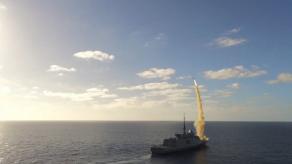One of the users of the Leopard 2A4 in the ranks of the Armed Forces of Ukraine is the 33rd Mechanized Brigade, one of whose tanks is named Lokhmatyi (Shaggy) due to its distinctive camouflage designed for operations in forested terrain.
Considering the aspects of camouflage and maneuverability, Ukrainian tank crews find it impractical to install barbecue grates as improvised protection on the Leopard 2A4. At the same time, they regard this German tank as superior to the T-64, which itself has played a significant role in repelling russian invaders.
Read more: The Achilles UAV Unit Strikes the Enemy with Precision in Kupiansk Direction: the T-72, BMP-2, MT-LB Tanks and Vehicles (Video)
This was reported in a new article by the publication ArmyInform.
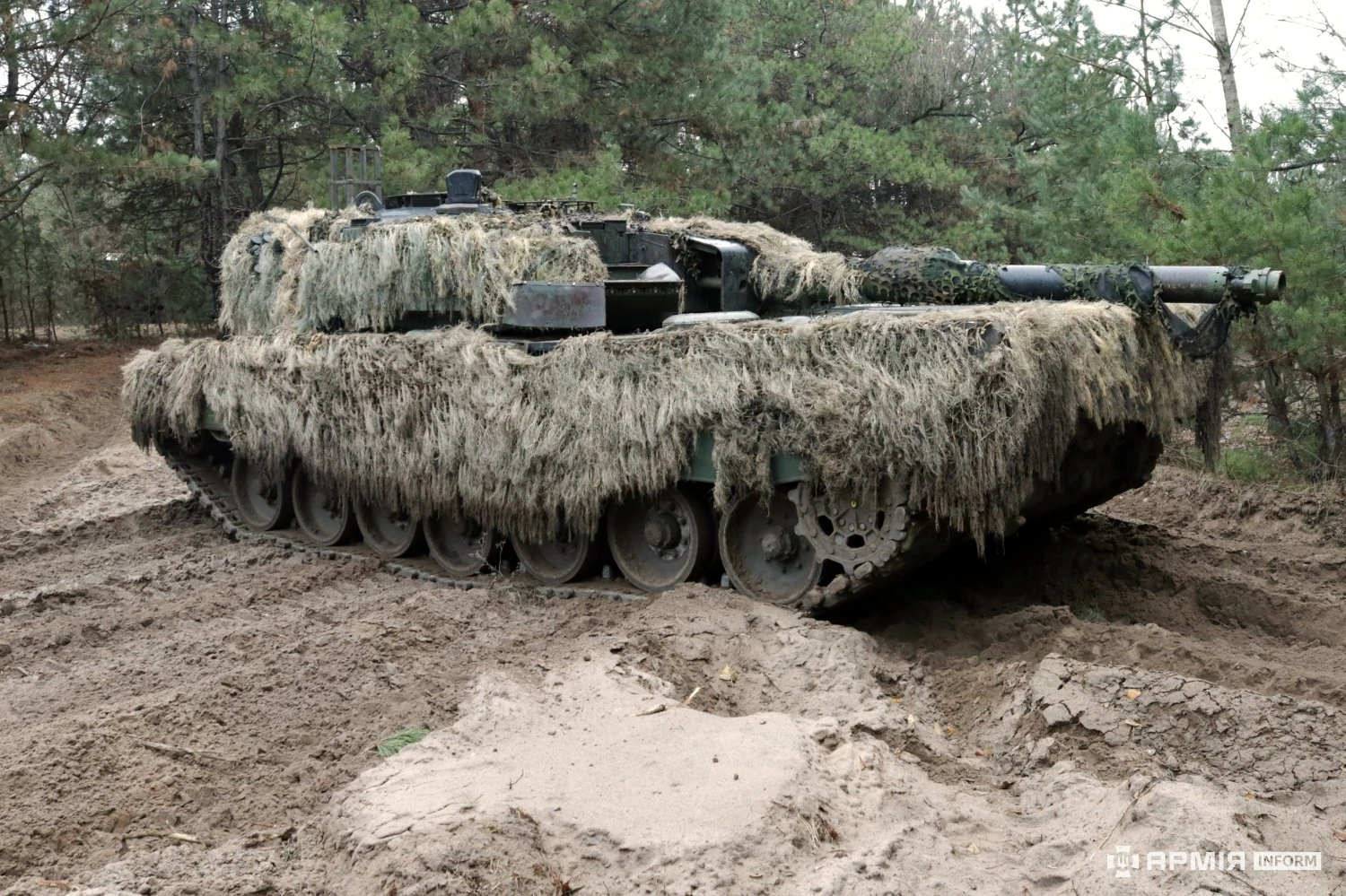
From Defense Express, we emphasize that this report is particularly interesting because it provides a comprehensive view of the aspects currently accompanying the use of the Leopard 2A4 in the ranks of the Ukrainian Armed Forces to counter russian occupiers. When analyzing the text from this perspective, the following details become apparent.
Practical experience has shown that the Leopard 2A4’s power unit operates at such a low noise level that, for example, at a distance of 120–150 meters, one must deliberately listen closely to even attempt to "hear" the tank. At a distance of 50–70 meters, the noise level is comparable to that of any modern agricultural machinery, which is also remarkably low.
This "acoustic" aspect illustrates that detecting the Leopard 2A4 on the battlefield by sound is extremely difficult, as the vehicle's noise is easily masked by the sound of gunfire and explosions.
The use of a specially woven camouflage ghillie suit, which earned this tank the nickname Lohmatyi (Shaggy), makes the vehicle almost invisible at distances of 30–40 meters. Importantly, the ghillie suit is placed over the Kontakt-1 explosive reactive armor blocks, preserving a balance between the tank's protection and camouflage capabilities.
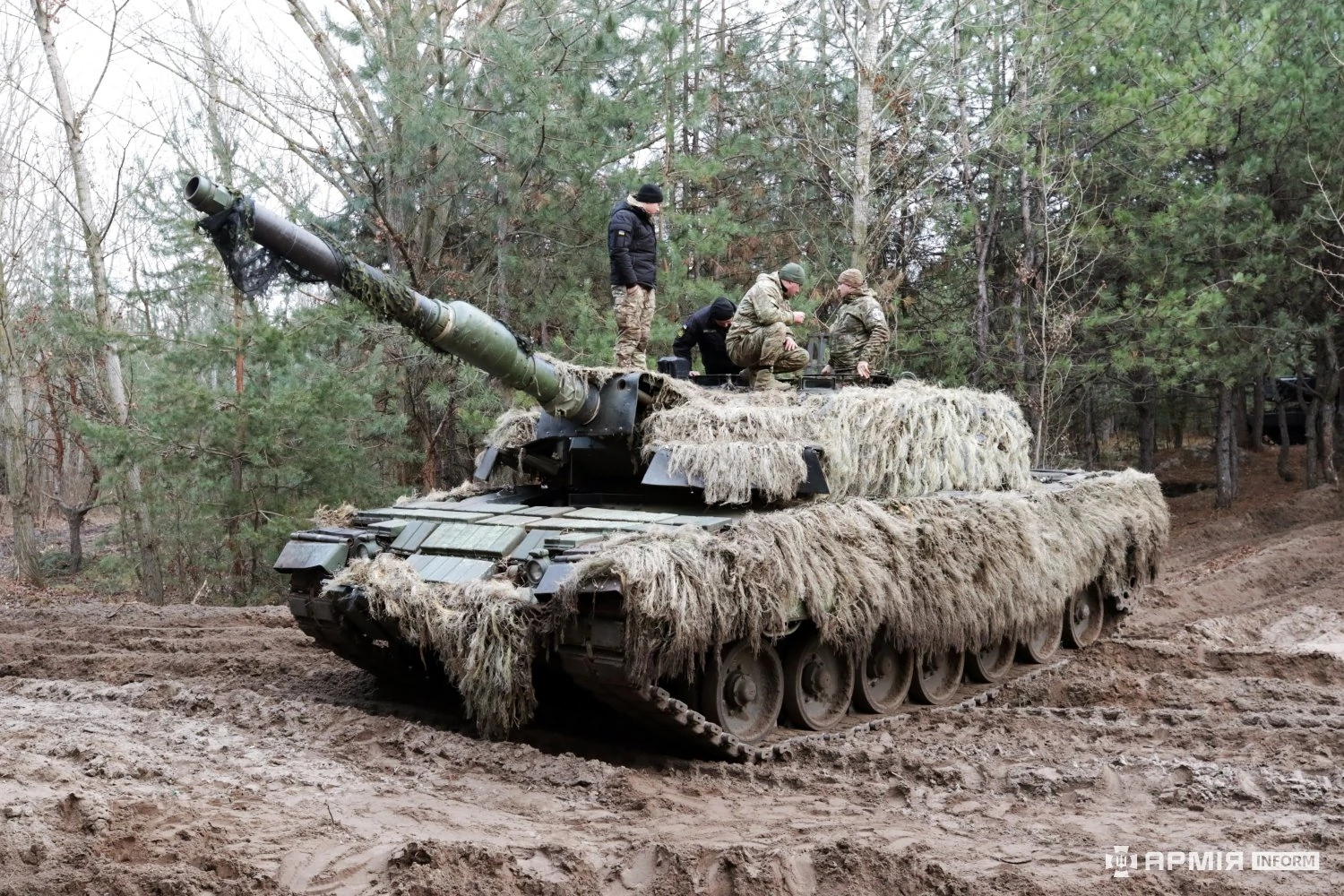
Regarding the impracticality of welding a "barbecue" structure, the arguments are straightforward: such a construction negatively affects the tank's maneuverability, and if it needs to enter a forested area, the superstructure is inevitably torn off. In this context, the installation of electronic warfare systems is a more effective solution.
Moreover, the Leopard 2A4 demonstrates good maneuverability on mud or dry sand, which is a valuable characteristic. However, when moving on wet sand, the tank's tracks may "slip off." The Leopard 2A4 can move literally "from the spot" without warming up the engine, which is a valuable feature, especially considering the combat tasks typically assigned to this tank—fire strikes in a "bite and run" style against enemy positions or armored vehicles.
In fact, due to the features mentioned above, the Leopard 2A4 has significant advantages over the T-64, although the latter has also played an important role in clearing Ukraine of russian invaders.
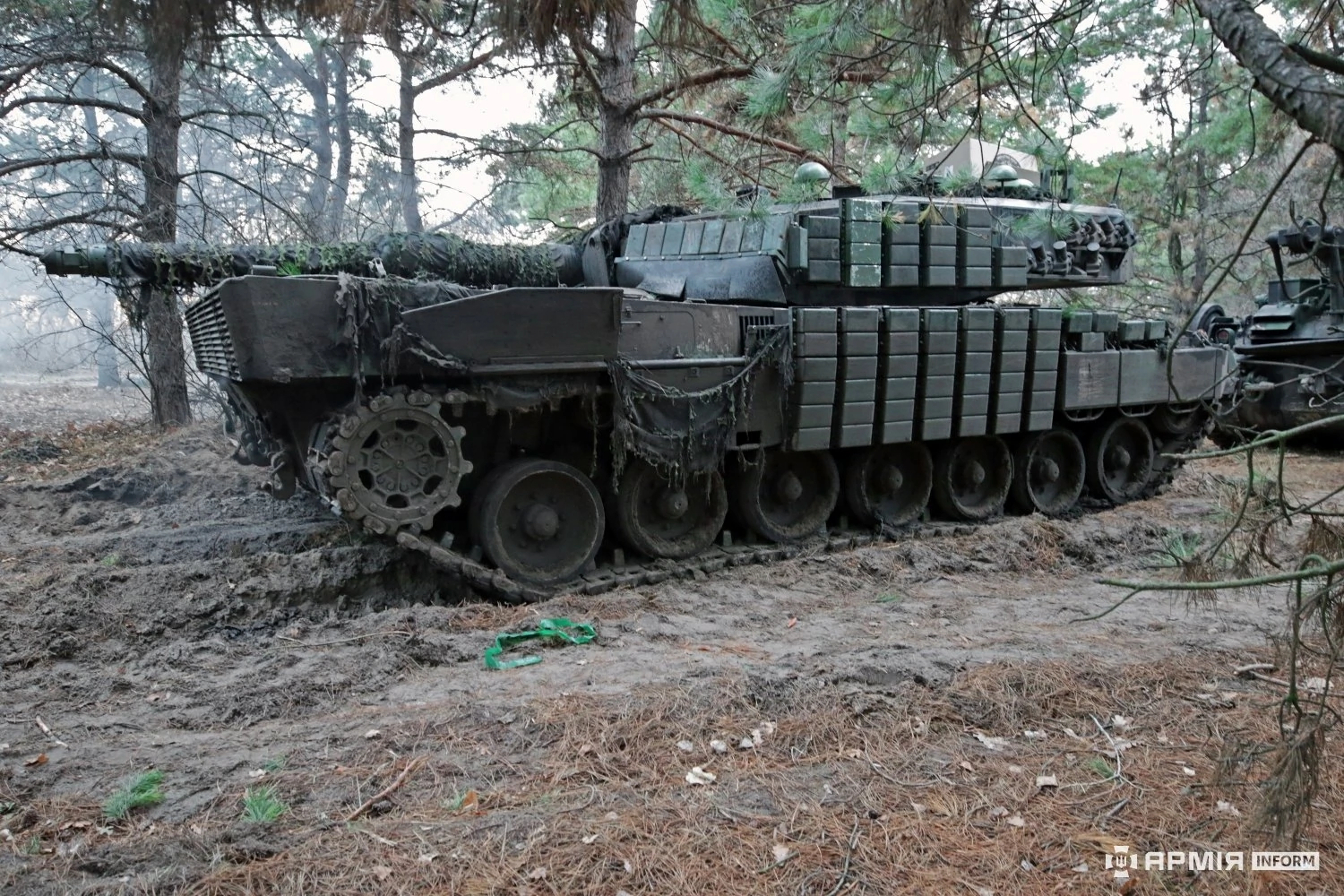
The Leopard 2A4 crew takes a limited ammunition supply of only 15 rounds, which fits into a separate compartment in the turret; although this limits firepower, it increases the crew's chances of survival in the event of a hit from russian UAVs.
It is also important to note this critical feature: even if an enemy FPV drone directly hits the engine compartment, the tank can still travel several kilometers in emergency mode until it reaches a safe location for both the crew and the vehicle.
Read more: Germany Bolsters Ukraine's Defense with Patriot and IRIS-T Systems, Leopard Tanks, and Additional Military Aid




